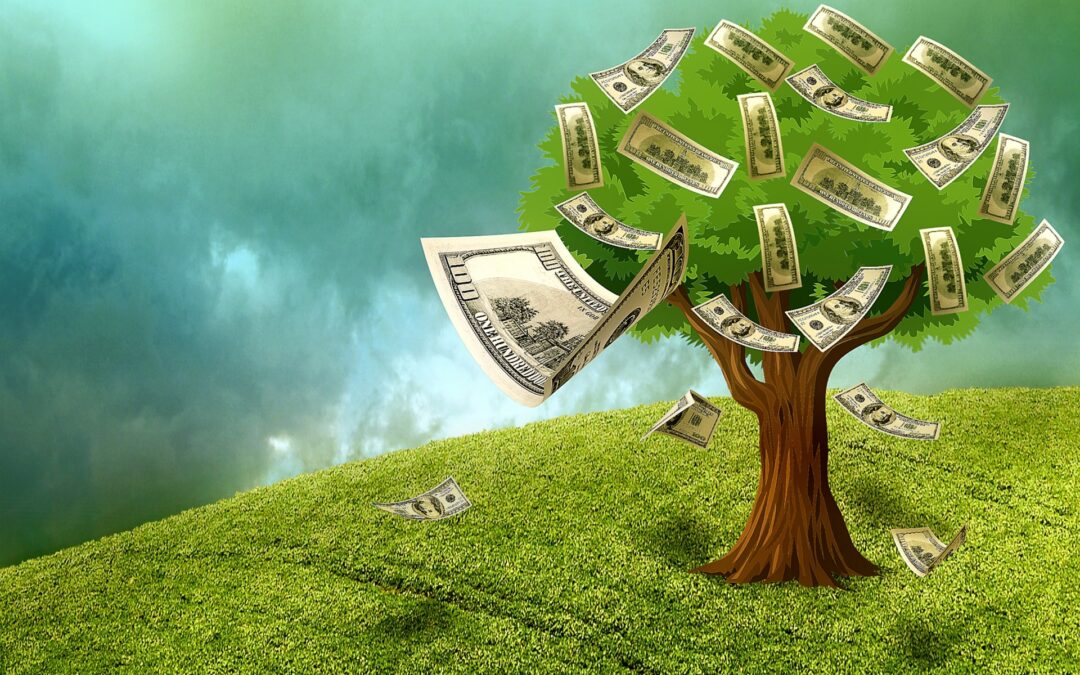Reconnaissance International, a business intelligence source for information about currency, optical and digital document security, personal identification, authentication and brand protection, recently released a new paper titled, Cash: A Roadmap to Sustainability.
The paper takes a look at the progress made toward sustainability over the past decade and challenges some of the misconceptions about the cash industry.
John Winchcombe, editor of the report, wrote in the foreword, “Cash is, perhaps, the world’s most used global product. Despite digitalisation, cash is, and will remain, a key component of the payments eco-system, itself a driver of economic activity as well as social inclusion. But in addition to being a key and universal tool for payments, cash needs – along with all other components of modern life – to be sustainable as well.”
Cash’s Carbon Footprint
According to the paper, “The most comprehensive research about the environmental impact of payments remains a paper published by the Dutch National Bank in 2018 (see page 6). It showed that each cash transaction created 4.6g of CO2e. When we consider that a 40g bar of milk chocolate generates 200g CO2e, or a transaction based on distributed ledger technology such as bitcoin uses about 279g CO2e on average, perhaps the figure for cash is not such a big number.”
Additionally, digital payments are hard to quantify their carbon footprint. Digit payments may seem easy and sustainable ways to make payments, but there’s a lot behind each of those payments. Hardware and software used to make digital payments can have significant energy consumption, especially for payment data processing and data management. Also, credit cards require plastic cards to be produced and can generate a paper trail of payment receipts and monthly account statements.
Changes for the Good
The paper also takes a look at the way that the cash industry has changed its processes over the years to shift toward sustainability. The industry as a whole is investing heavily in ways that will reduce its carbon footprint. From small adjustments, such as changing the lightbulbs in buildings where cash is printed to LED lights to making cash out of more sustainable materials, the cash industry is working to support Mother Earth in new and innovative ways.

